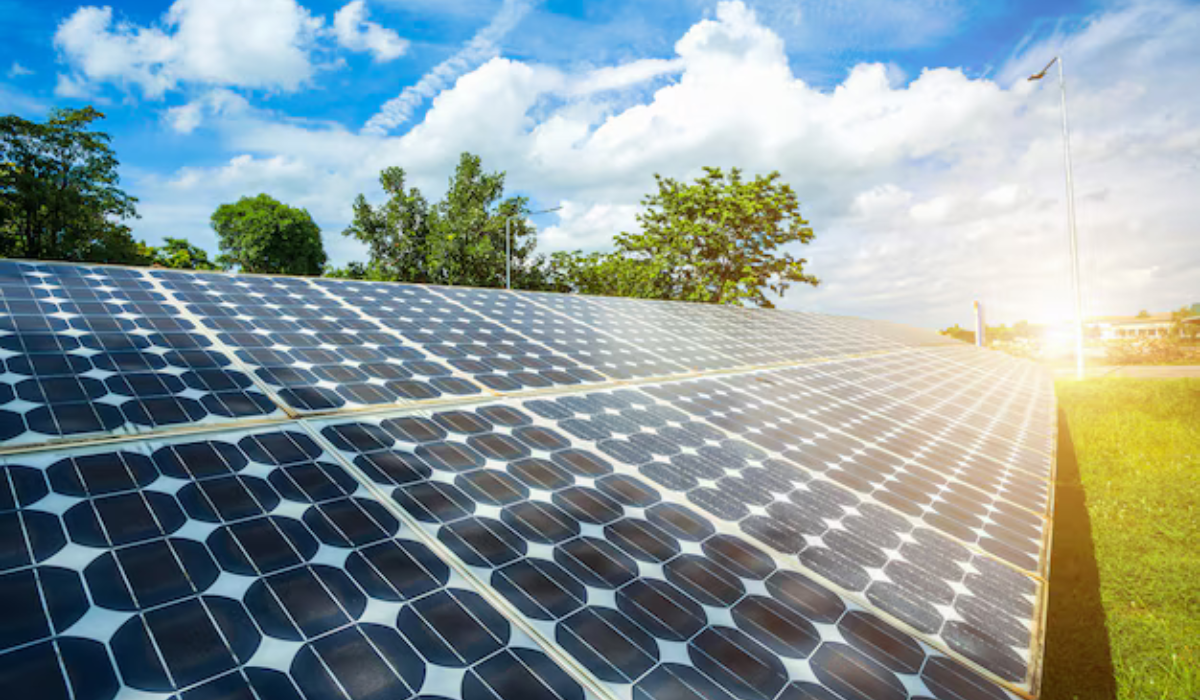As we become more and more aware of our impact on the environment, the importance of transitioning from conventional energy resources to renewable sources is becoming clearer to consumers. Green energy is a solution to greater sustainability in our power grid, but the term is met with confusion by some, and commonly used to refer to renewables by others.
What Is Green Energy?
The U.S. energy market provides a range of services and products with green energy, also called green power, being a small category within these options. For many, this is synonymous with renewable energy, but there is a clear distinction.
What is the Difference Between Renewable and Green Energy?
According to the Environmental Protection Agency (EPA), green energy provides the highest environmental benefit and includes power produced by solar, wind, geothermal, biogas, low-impact hydroelectric, and certain eligible biomass sources.
These renewable energy sources enter the power grid and are indistinguishable from conventional energy sources when you flip a light switch or charge your phone. Although renewable energy encompasses the same sources as green energy, this energy more broadly includes technologies and products which can have a considerable impact on both the local and global environment. Essentially, when you buy green power, you’re also supporting various renewable energy projects and the investment in technologies that help them grow.
How Do Green Energy Products Work?
It’s important to understand that the energy you consume will be a mix of green, renewable, and conventional energy regardless of which product you purchase. This is because all energy sources in the electric grid are mixed together when they enter the power transmission grid. From here, electricity travels to homes and businesses via the handful of regional grids that stretch across Canda and the United States.
So by buying green energy you are not directly purchasing green power for your home, but are instead paying for a small premium that covers the costs of putting more renewable energy into the grid. For those keen to go green at home who don’t have space or funds for a solar panels array, this is the best way to measurably reduce the carbon footprint associated with your energy consumption. It’s also the most affordable way to increase large-scale renewable energy investment and it gives more households and businesses access to green energy.
What is the Green Energy Premium For, Then?
If you’re with a green energy supplier like Just Energy, you will pay a very small premium to buy green energy products—this is often akin to the price of a coffee a week or a movie ticket in most markets. This cost contributes to green energy projects, such as the development and maintenance of solar fields—so that we can move towards a cleaner, greener future together. As this movement gains more traction and funding, less of the energy that we consume will be produced by conventional methods which are unsustainable, contribute to air pollution, worsen global warming, and harm the environment.
Types of Green Energy:
There are many types of green energy coming from a wide variety of sources. Some of these types are better suited to specific environments or regions, which is why there are so many renewable energy that filter into the energy grid.
Solar Energy
Solar is a clean source of energy which comes directly from the sun. Stars, in general, produce an unimaginable amount of energy via nuclear fusion— the process by which smaller atoms are fused together by heat and pressure to create heavier atoms—with a whole lot of energy emitted in the process. This energy then reaches us via solar radiation, which we can collect and convert it into usable electricity.
Solar panels are perhaps the most common form of solar energy harvesting. These are panels full of things called photovoltaic cells. When the light from the sun hits these cells they create an electrical current through the photoelectric effect. [1] The current is then passed through an inverter to turn it into an alternating current. From here it can be used to power your home or added to the national grid mix. Read our guide to solar energy.Zip C


Hi, this is a comment.
To get started with moderating, editing, and deleting comments, please visit the Comments screen in the dashboard.
Commenter avatars come from Gravatar.